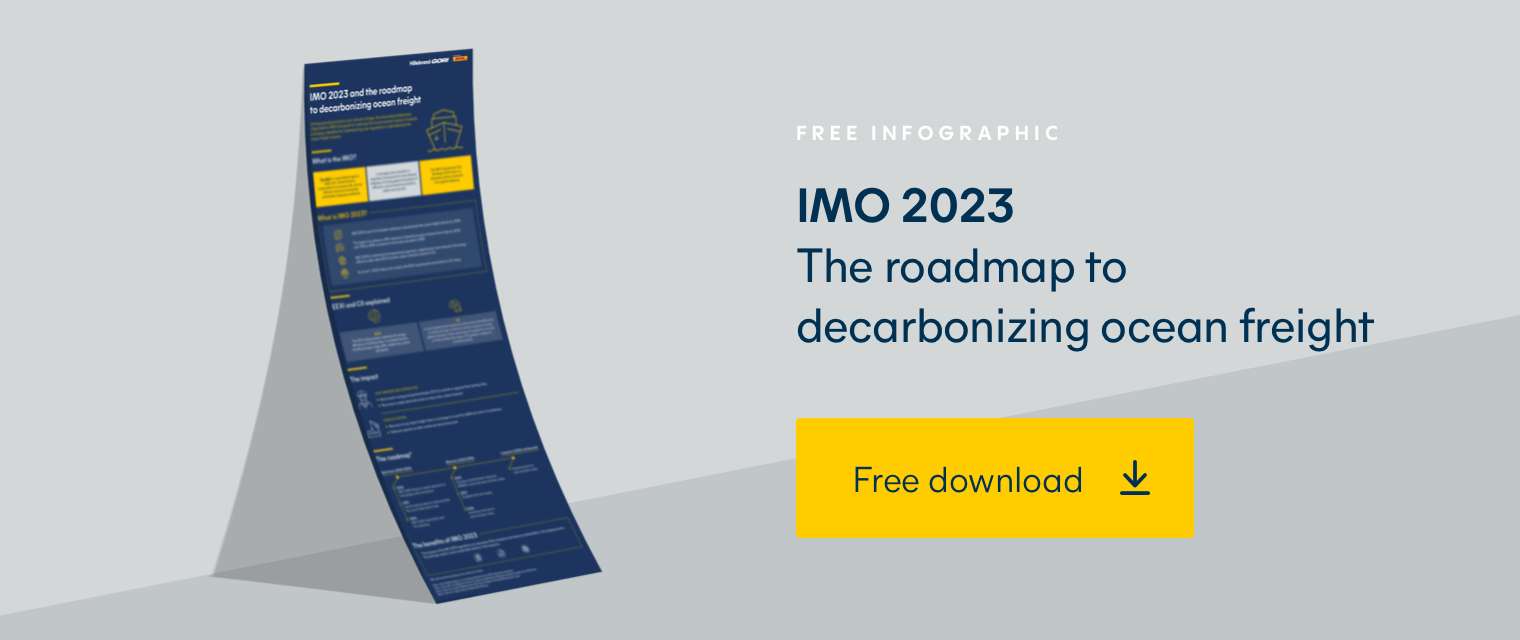Route to market: What you need to know about trade lanes
The exporting and importing of goods right now is a challenge.
There is no denying it. But, the global trade of goods must and will continue.
And this is especially true if you're in the business of shipping wine.
In the wine industry, route to market (RTM) is a term used to describe the path your product takes to reach consumers overseas. This route can be a direct path from point A to Point B or what we call in shipping, a trans-shipment, where the route has an additional stop in-between.
Depending on the route you choose (direct or trans-shipemnt) and the distance between the origin of the wine and its final destination, your product may take days, weeks or even months to arrive.
So, how do you best plan your shipments in these difficult times and find the best route to market?
Our advice: Know your trade lanes and understand trade route market conditions. Before booking your next shipments, update yourself with our brief update on major trade routes.
Route to market: The state of trade lanes - November 2022
Here are eight quick facts about the state of trade lanes.
Volume from North Europe to the USA increased 11.4% YoY in February, while simultaneously, only 14.7% of vessels were on time.
From Europe to Oceania, space remains under extreme pressure, with booking delays of around four to six weeks.
Due to the conflict in Ukraine, Europe to Asia/Middle East, long-term rates remain stable, and spot ocean freight rates have softened.
Current COVID measures at Chinese ports may reduce the volume coming into the USA and improve bottlenecks, but the effects will be visible in a few weeks. Plus, new services are being added between Asia and North America.
Cargo moving from Oceania to North America has seen substantial rate increases in April, with market GRIs up to USD 3000 per container in April.
Equipment supply shortages, especially for 20-foot dry containers suitable for flexitanks, continue to disrupt exports from South America to North America.
In South America, dry container cargo exports compete against reefers, which take priority, and carriers tend to favour empty repositioning to Asia, to accelerate container turnaround.
South Africa is another location with extreme shortages of 20-foot container equipment. Container availability is only made possible by arriving vessels.
How do you plan a route to market strategy?
Now that you know some key facts about trade lanes, you can use a route to market strategy to help allocate resources and plan for future shipments.
Choosing the right route to market strategy is critical to ensuring your product reaches its target customers. This involves selecting effective distribution channels that can deliver your product directly to them.
Companies employ this approach when they are looking to reach a particular goal or expand their presence in the marketplace.
Here are some guidelines to help you get started:
Identify who your customers are and where they are located. A good route to market strategy begins with the customer. This will help determine the strategy that would be most effective in terms of cost and reach.
Research the different route to market options available to you. Gather data on the options available and compare them to determine the most cost-effective route.
Evaluate potential route to market partners. Look for experienced, reliable providers that can help you deliver your product.
Monitor the route to market you select. Track shipments to ensure they’re delivered according to specifications.
Remember, route to market options can change depending on market conditions. So, stay informed to ensure you’re making the best decisions for your company’s route to market strategy.
Need to get your wine to market? We can help.
If you're looking for a shipping partner, Hillebrand Gori specialises in managing the logistics of wine, beer and spirits. We offer individualised shipping services to ensure your products reach their destination safely and on time.
With decades of experience in international shipping, we can help you navigate the complexities of global trade. Contact us today.





